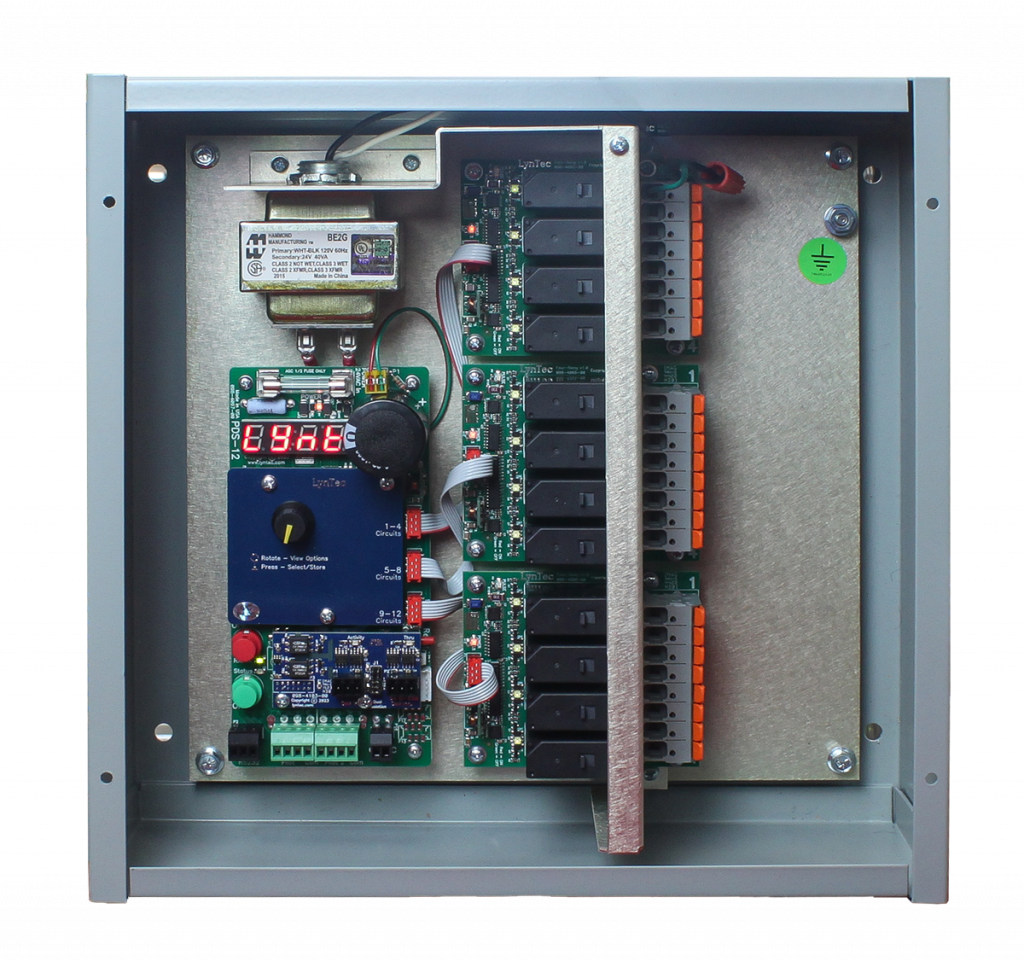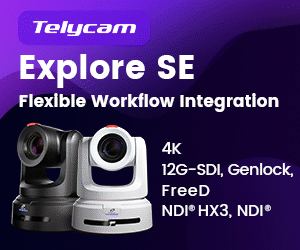 LynTec Will Demonstrate Its LCRP-12 DMX Lighting Control Relay Panel and RPCR-8 Remotely Controlled Relay Panel to Attendees
LynTec Will Demonstrate Its LCRP-12 DMX Lighting Control Relay Panel and RPCR-8 Remotely Controlled Relay Panel to Attendees
LynTec, a leading manufacturer of innovative electrical power control solutions for professional audio, video, and lighting (AVL) systems, today announced the company will be at ISE 2024, Jan. 30-Feb 2, in Barcelona. This will mark LynTec’s first presence at the show, which is primarily to educate EU dealers and distributors about its intelligent power control and distribution solutions. At the show, LynTec will demonstrate its LCRP-12 DMX lighting control relay panel and the award-winning RPCR-8 remotely controlled relay panel ahead of the company’s CE certification for sale in the EU market, which is expected later in 2024. LynTec, a brand of Chauvet, will display power control solutions at booth 1E350.
“This is a very exciting step for LynTec as we bring our proven brand of power control and sequencing solutions to one of the biggest shows in the industry,” said Mark Bishop, president of LynTec. “We have a long tradition of engineering our solutions based on the needs and requests of our customers. That’s why we’re focused on creating new relationships with potential customers and distributors and hearing their input on the unique power control needs of the EMEA market. With our product lines in the process of CE certification, this show will be instrumental in gathering that feedback and ensuring that the installers in this market have the LynTec power control solutions that are tailored to offer the flexibility and efficiencies they require.”
At ISE, attendees will see the LynTec LCRP-12 DMX lighting control relay panel. The LCRP-12 panel builds on the reliable lighting, sequencing, and power control features of the company’s popular LCRP-10 relay panel, with a critical redesign that delivers additional cost savings and features, including compatibility with any DMX control system. The low-cost, feature-rich relay panel is available with four, eight, or 12 30-amp single-pole latching Panasonic relays installed in a compact, 1-square-foot NEMA 1R or 3R enclosure.
The LCRP-12 panel features individual step delays between each relay, emergency off by circuit, emergency on for lighting by circuit, as well as under- and overvoltage sensing for brownout and voltage spike protection. The panels are easy to set up via an LED display and rotary encoder. They can be added to existing building automation systems — a feature also available with the company’s LCP and RPC power control solutions.
LynTec’s RPCR combines relay functionality with a built-in web server to bring remote electrical control to applications, including LED lighting, powered amplifiers, and energy management programs. RPCR panels add on/off control to any existing circuit breaker panel installation and are compatible with popular control systems, such as ETC, Crestron, and AMX. In addition, the units offer the ability to control relays directly via TCP/IP, DMX, RS-232, or contact closure control systems.
Both panels feature overvoltage power protection function in addition to brownout protection, with the ability to monitor incoming voltage and automatically shut down selected circuits when the voltage reads 20 percent above or below the selected voltage level for two seconds. When the voltage stabilizes within 20 percent of the designated voltage for five seconds, then the power resequences on as programmed. The units also provide emergency power-on for egress lighting and shutdown capabilities for amplifiers with contact closure inputs from fire alarms. Users can simply select the power protection settings for each circuit.
Designed to eliminate the challenges of properly powering on digital audio systems, the panels can also customize the step rate — anywhere between 1 and 999 seconds — in between each circuit being controlled and decide the order that each circuit powers on. This allows each digital component in an AVL system to fully boot up before the next step of the sequence fires. As a result, system start-up is effortless and reliable.
From the controller’s embedded web server and browser-based interface, users can easily set the level of protection and step rates for each circuit and troubleshoot, control, and monitor relay status remotely across existing networks from any computer, tablet, or hand-held smart device. In addition, users can receive alert notifications via text or email to warn of voltage anomalies.





